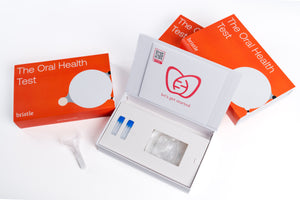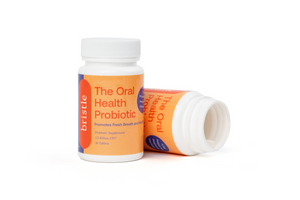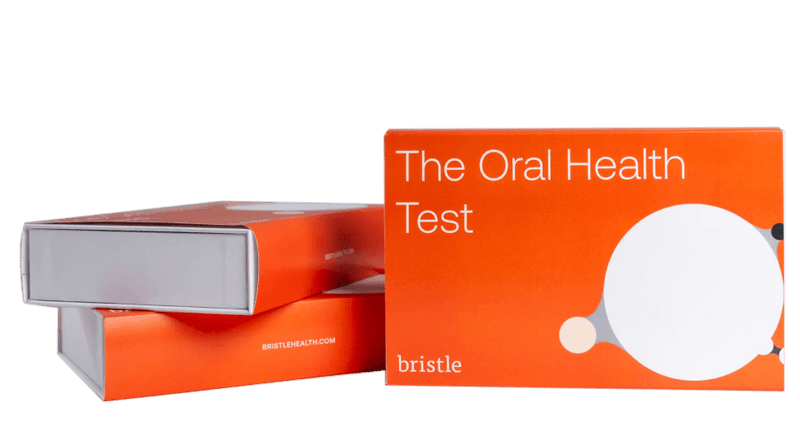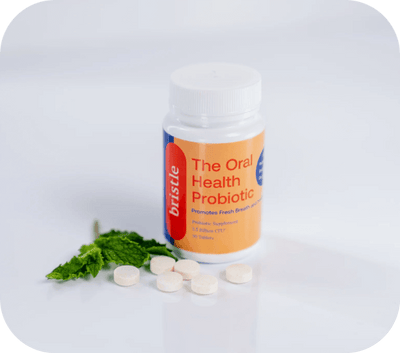You may have heard something about fluoride a time or two in your dentist’s office. Maybe you have been offered a fluoride tooth treatment, gel or varnish. Or your dentist has suggested or given you a sample of fluoride toothpaste. You may have also noticed that fluoride is an ingredient in many dental-care products like toothpaste, mouthwashes, gels, and mouth rinses.
On the other hand, you may have seen scary articles about how fluoride is toxic and should be avoided completely. Or you may have heard about kids’ teeth becoming weak and stained because they were exposed to too much fluoride. So why are they putting something in all these products if it can mess up your teeth or poison you?
Is fluoride harmful? Or is it beneficial? Do you know if fluoride is added to your public water supply as it is in many communities? Do you know how many dental products you use contain fluoride? Does it matter?
Let’s find out.
What is fluoride?
Let’s dig into the science for a second and talk about what fluoride is. Fluoride is a negative ion of the element fluorine, notated as F- in chemistry class. But fluoride gets an A+ when it comes to dental health and cavity prevention, which we’ll explain more in a minute.
Fluoride is found, usually in trace amounts, in water, soil, air, plants, rocks, and some foods. Amounts of natural fluoride in water vary greatly, from none at all to truly toxic levels in some groundwater sources in Asia and Africa.
About 99% of the fluoride in your body is stored in your bones and teeth and helps mineralize them. This keeps your teeth and bones strong.
The chemical forms of fluoride that are used as dental ingredients include sodium fluoride and stannous fluoride, names you have likely seen on toothpaste labels.
What does fluoride do for our teeth?
Fluoride plays a key role in the process of mineralization. What is mineralization, and how does it help your teeth?
Demineralization
Tooth enamel (hydroxyapatite) is the hardest substance in the human body, but it is not superhuman. When exposed to acid, it begins to lose minerals, that is demineralize.
You might wonder how you’d expose your teeth to acid since you don’t make a habit of drinking it. However, many of your favorite foods and drinks are slightly acidic. These include coffee, tea, citrus fruits like lemons and oranges, wine, soft drinks, etc.
While overexposure to acidic foods can be problematic, the key culprits for demineralization are uncontrolled bad bacteria (pathogens) in your mouth. These bacteria multiply, forming colonies, protected by biofilms they secrete, also known as dental plaque. They eat sugars and carbohydrates and produce acidic waste, which sits on your teeth, slowly leaching minerals from your enamel.
If the process is not stopped, enough minerals can leach away that your tooth enamel becomes damaged, leading to cavities and other issues. Once lost, you cannot regrow new tooth enamel.
Remineralization
Before it gets to this point, however, you can remineralize your enamel. To do that, you need minerals that chemically interact with tooth enamel, and fluoride fits the bill perfectly. The fluoride replaces lost calcium molecules, strengthening your teeth.
Fluoride also slows demineralization by stopping harmful bacteria. The presence of fluoride not only reduces the level of bacterial enzyme activity but also may inhibit bacterial growth. Less enzyme activity = fewer acids = less demineralization.
These features are what makes fluoride useful from an oral health standpoint. It helps prevent cavities, the second most common disease in the United States (behind the common cold).
Because of these benefits, communities in the US with low levels of natural fluoride in their water sources began adding fluoride to public water supplies in the 1940s. Some locales have water with naturally higher (but not toxic) fluoride levels. In fact, that is how the connection was discovered, such communities had lower rates of tooth decay than in those with unfluoridated water.
Currently, about 70-75% of the US population consumes fluoridated water through their public water systems.
How much fluoride is bad for you?
Like many other chemicals, with fluoride there is a sweet spot between getting too little and getting too much. As with other chemicals that last a long time in the body, there are two types of toxicity: Acute or poisoning, and chronic.
Acute Fluoride Poisoning
Unless you live somewhere with naturally high levels of fluoride in drinking water (for example, parts of Pakistan dependent on well water), acute fluoride poisoning is rare. Supplemental doses of fluoride aim for between 0.05 and 0.07 mg of Fluoride per 1/kg of body weight, so an average adult male (200lbs) would consume ~4.5 mg.
High doses, above 5 mg of fluoride per kg of body weight, can cause acute fluoride poisoning. Although fluoride-containing dental products are the cause of most (68%) cases of fluoride poisoning in the United States, such cases are rare and most happen in small children (younger than 6) who unwittingly ingest large doses of fluoride dental products or supplements, or eat toothpaste out of the tube.
Chronic Toxicity
Dental Fluorosis
Consuming too much, but less-than-acutely toxic amounts of fluoride over a longer period may lead to fluorosis which demineralizes teeth or bones. There are two types of fluorosis — dental and skeletal.
Dental fluorosis affects the teeth and only occurs in children during a window of risk when their teeth are forming. The most critical period is under the age of two. Mild cases are the most common, marked by white spots on the teeth. Severe cases lead to unsightly brown stains and eventually weaken the tooth enamel.
However, your kids will have to ingest a lot of fluoride for these problems to occur. This generally only happens if they get way too much fluoride in their water or swallow too much fluoridated toothpaste. Kids are more likely to swallow too much of toothpaste flavored like bubble gum or fruit, rather than mint or herbs.
Brush their teeth with a swipe of toothpaste for kids under 2 and less than a pea-sized amount for kids 6-12, and teach them to rinse and spit rather than swallow. If you are concerned, they can use toothpaste without fluoride until they are able to spit and rinse out their mouths consistently.
Skeletal Fluorosis
Skeletal fluorosis is more severe but also very rare. People have to be exposed to high fluoride levels for many years to develop this bone disease, which is a result of storing too much fluoride in your bones. Symptoms start with stiffness and joint pain, but eventually include calcified ligaments and altered bone structure.
Skeletal fluorosis mainly occurs in areas with a naturally high fluoride concentration in the water. High levels of fluoride are defined at 8 parts per million (ppm). In US communities, the amount of fluoride in the water is generally around 0.7 ppm. That is the target concentration for communities that add fluoride to their water.
Cancer Risk
In recent decades a number of studies have looked into a possible link between water fluoridation and cancer risk. However, these concerns have generally not been borne out by the evidence. Fluoride exposure appears to have no effect on cancer risk.
Assessments by Expert Groups
According to the American Dental Association (ADA), US community drinking water fluoridation in communities is perfectly safe. With more than 75 years of research showing about a 25% reduction in dental caries (cavities) in both adults and children who drink fluoridated water.
The US CDC has also named water fluoridation one of the top ten great public health achievements of the 20th century. See also https://www.chemicalsafetyfacts.org/fluoride/
Is fluoride for you if you are at high risk of cavities?
With all this negative talk about the dangers of too much fluoride, you might be worried about using fluoridated products. However, don’t be too concerned. For most people, the benefits of using fluoride outweigh the risks. This is particularly true if you have a high risk of cavities.
There is plenty of evidence that brushing with fluoride toothpaste daily is beneficial to your oral health. But you should take care to not swallow toothpaste.
Topical exposure to fluoride in toothpaste helps to remineralize the teeth and inhibits the growth of acid-producing bacteria, the true culprit behind tooth decay. Brushing helps dislodge plaque and tartar, which provide homes for the bad bacteria.
Are you curious how likely you are to develop cavities?
There is a simple way to find out. We can analyze a small saliva sample to check the bacterial balance in your mouth. With minimal amounts of bad bacteria, you can enjoy good dental health and a low risk of cavities.
Send us a sample today to find out if you should be adding fluoride toothpaste to your daily dental hygiene routine!I rebalanced this to address acute and chronic toxicity more clearly and to add a bunch of sources.












